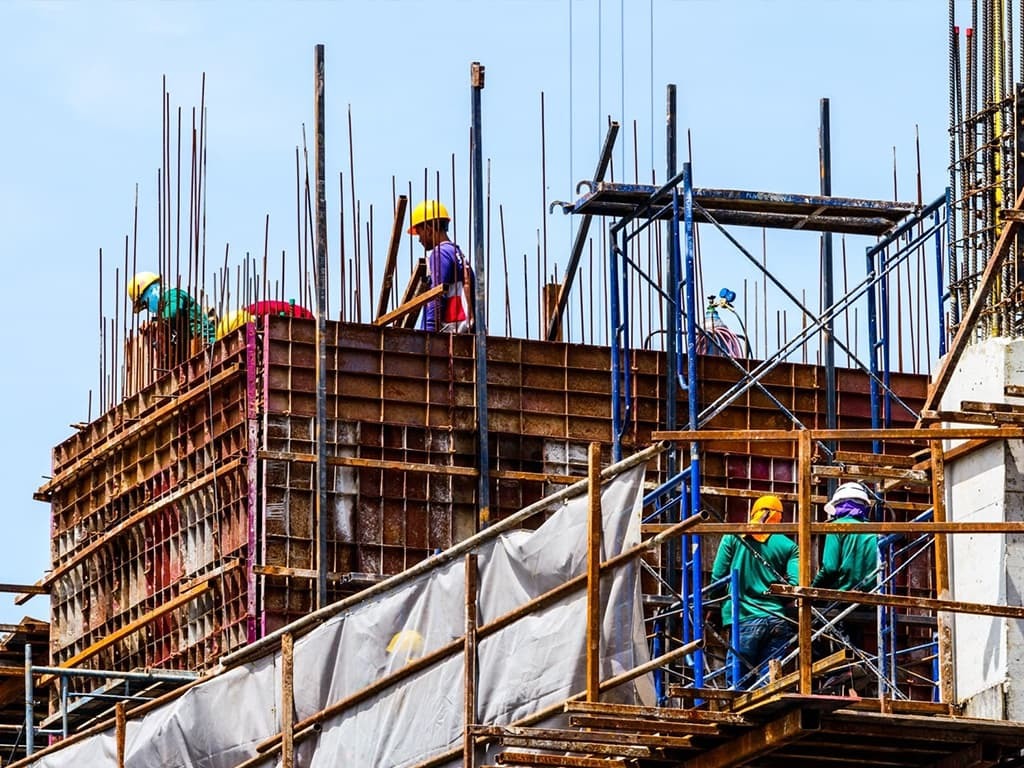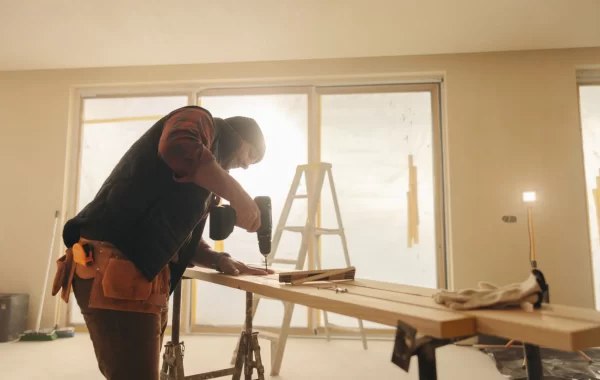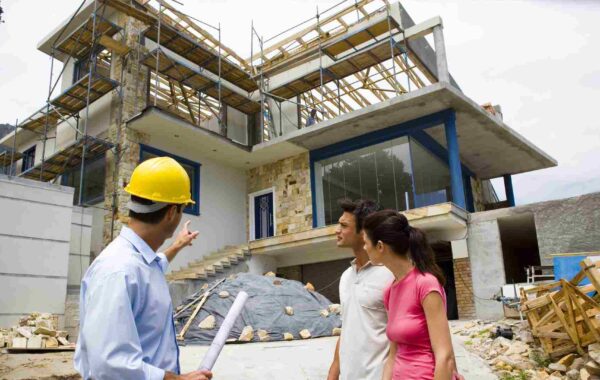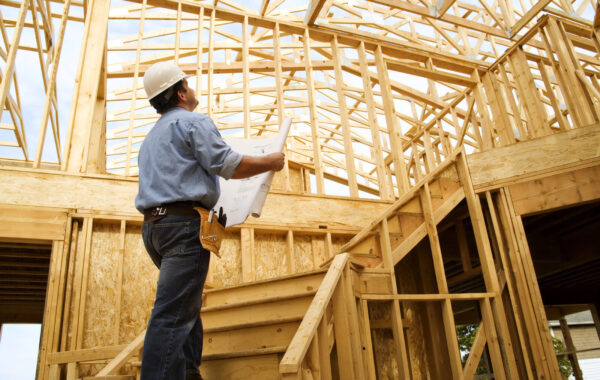
New Construction Homes What You Need to Know Before Building
The thrill of Building New Construction Homes a modern-day construction home is inexpressible. From selecting the ideal lot to choosing every single design detail, the thought of shaping a home that is entirely your own remains a dream for many.
But before you get ahead of yourselves with floor plans and fixtures, there are factors to consider- decisions that will make or break your building experience. No matter if you are a first-time builder or upgrading to your forever home, being informed beforehand can save you lots of time, money, and stress.
In this blog, we will take you through all you need to know before building new construction homes, from budgeting, and choosing the correct builder to permits, timelines, and pitfalls.
A Step-by-Step Guide to Building a New Construction Home
Constructing a home starting with the ground is a major milestone. It can become very overwhelming, but by knowing what each phase of the construction journey entails, you will feel confident and in control of all happenings. Here is a closer look at what the process generally entails:
Step 1: Secure Financing and Set a Budget
You need to know what you can afford before anything else. Talk to lenders to explore several loan options, including construction loans (which convert to a regular mortgage after a home is built) or construction-to-permanent loans.
Key considerations:
- What is your total budget-including the lot, building, upgrades, and miscellaneous expenses like landscaping and furniture?
- Set aside 10% to 15% as a contingency fund for unforeseen expenses.
- Get approved for financing to be in a position to act with confidence when it comes to land and builder selection.
Step 2: Find and Purchase the Right Land
The land you choose contributes prominently to your home’s functioning and subsequent appreciation.
Consider these important aspects:
- Location (commute, schools, shopping, amenities)
- Sites for development or zoning laws in terms of the neighborhood
- Utilities are accessible (water, sewer, power)
- Topography and soil stability (some lots may need grading or retaining walls)
- Rules and regulations of an HOA (if applicable)
After you have found the lot, you will have to work with a real estate broker, or the attorney will do the finalization of the purchase plus reviewing any legal restrictions that apply.
Step 3: Select a Builder and Finalize Your Home Plans
It is necessary for a smooth journey to choose a builder successfully. Check licensed and insured builders with a great portfolio and good reviews. Interview several candidates and quote from them.
After selecting your builder:
- Choose or design your floor plan.
- Customize design features to fit your lifestyle.
- Analyze what is included in the base price as opposed to upgrades.
Sign a building contract that outlines the scope of work, timeframe, payment schedule, and warranties.
Step 4: Obtain the Permits and All Approvals
The builder you select should undertake to obtain all the necessary permits from the local authority before commencing any construction process in your home. That would suggest that the new house will be constructed in accordance with regional safety regulations and construction laws.
Such permits could include, but are not limited to;
- Building permit
- Electrical and plumbing permits
- Environmental assessments
- HOA approvals (if applicable)
Making such arrangements could slow down your entire schedule; thus, make sure your builder is proactive and knows his or her way around the local permit procedure.
Step 5: Site Preparation and Foundations
With permits in place, the land is made ready for construction. These include:
- Removal of trees, rocks, and debris
- Preparing the site with grading to direct water away from the foundation.
- Defining the layout of the house by placing markers for the foundation.
Next comes the foundation, which can vary from slab to crawl space to full basement depending on your design and location. Once pouring is done, foundations usually need to cure (remain hard) and be inspected for structural integrity.
Step 6: Home Framing
Framing begins right after the foundation is on. Framing includes elements such as walls, floors, and roofs.
During this stage:
- Windows and exterior doors are being installed
- Roof trusses are installed and secured with sheathing.
- Exterior sheathing is applied with a weather barrier for moisture protection
This is the visible stage where you will begin to see your new home take shape.
Step 7: Rough-In of Mechanical Systems
Now it is time for the mechanics behind the walls. The electricians, plumbers, and HVAC contractors will come to install:
- Electrical wiring and breaker panels
- Plumbing pipes and venting
- HVAC ductwork and systems
Before drywall is installed, inspections would be conducted to make sure everything complies with codes. This phase is crucial since errors now will cost you a lot of money later.
Step 8: Insulation and Drywall Installations
Insulation is added to regulate indoor temperature and improve energy efficiency. Common types include fiberglass batts, foam board, or spray foam.
After insulation, drywall (also known as sheetrock) installation, taping, and finishing is done. At this point, the inside looks like a real house. The walls are ready for paint once they are sanded and primed.
Step 9: Interior and Exterior Finishing
This is the most exciting part of the whole process. Your home really starts to show off its character.
Interior finishes may include:
- Painting and trimming
- Flooring (tile, carpet, hardwood)
- Cabinets and countertops
- Plumbing and electrical fixtures
- Interior doors and hardware
Exterior finishes may include:
- Siding or brick
- Roofing material
- Driveways and walkways
- Landscaping only if it’s in the scope
The majority of customizations and upgrades are done at this point.
Step 10: Final Inspections and Walkthrough
Prior to closing, your home must have a final inspection by the local building authority for Certificate of Occupancy.
Then here comes the walkthrough with the builder for identification of:
- Some defects and unfinished work (referred to as “punch list”)
- Operational issues with appliances or systems
- Minor repairs still need attention
Take your time, and this is your last chance to flag anything before moving in.
Step 11: Closing and Move-In Day
Once moving through the lists of inspections and punch lists, closing will be done on the house: signing all closing documents and securing a mortgage loan, if applicable.
At closing, you will receive:
- The key to your new house
- Warranty documents
- Owner’s manuals for all appliances and systems
How Long Does It Take to Build a New Construction Home from Start to Finish?
The construction of a new home can take anywhere between three months to one and a half years and much longer considering factors like the size and design complexity of the house, location and weather, availability of material, and also how smooth the going of permitting and inspection is.
Here’s a general breakdown of how long each stage typically takes:
| Stage | Estimated Timeline |
| Financing and Lot Selection | 1–2 months |
| Planning and Permits | 1–3 months |
| Site Prep and Foundation | 2–4 weeks |
| Framing | 1–2 months |
| Mechanical Rough-Ins | 1–2 months |
| Insulation and Drywall | 2–4 weeks |
| Interior/Exterior Finishes | 2–3 months |
| Final Inspections & Walkthrough | 1–3 weeks |
| Total Time | 6 to 12 months (or more) |
Factors That Can Affect Your Timeline:
Weather Factors: Rain, snow, and hot or cold weather generally slow building activity, especially in initial site prep or framing.
Delay related to Permitting and Inspections: Local government delays can significantly stretch out the construction schedule.
Supply Chain Problems: There may be sudden suspensions because of shortages in materials or appliances.
Change Orders: The change in design during construction is a prime reason for pushing the completion date.
Custom vs Production Home: A custom house would usually take longer than even that of a production model.
Wrapping Up
Building a new construction home can give you the chance to make your entire living experience exactly the way you want it. Budgeting and choosing your lot, selecting all of your finishes, to preparing for the actual move-in-all crucial steps towards realizing that vision. It certainly is quite a process, and at first it might seem like a bit of an overwhelming endeavor, but knowing every step in advance will empower you to make better decisions with fewer mistakes and keep you from being out of your hard-earned dollars.
Total Mobile Restoration prides itself on guiding individuals through every stage of the building, remodelling, and restoration process. Our primary goal as Savannah’s home restoration company is to make sure that your dream becomes a reality promptly and within your budget with our experience, quality craftsmanship, and trusted partnerships.




